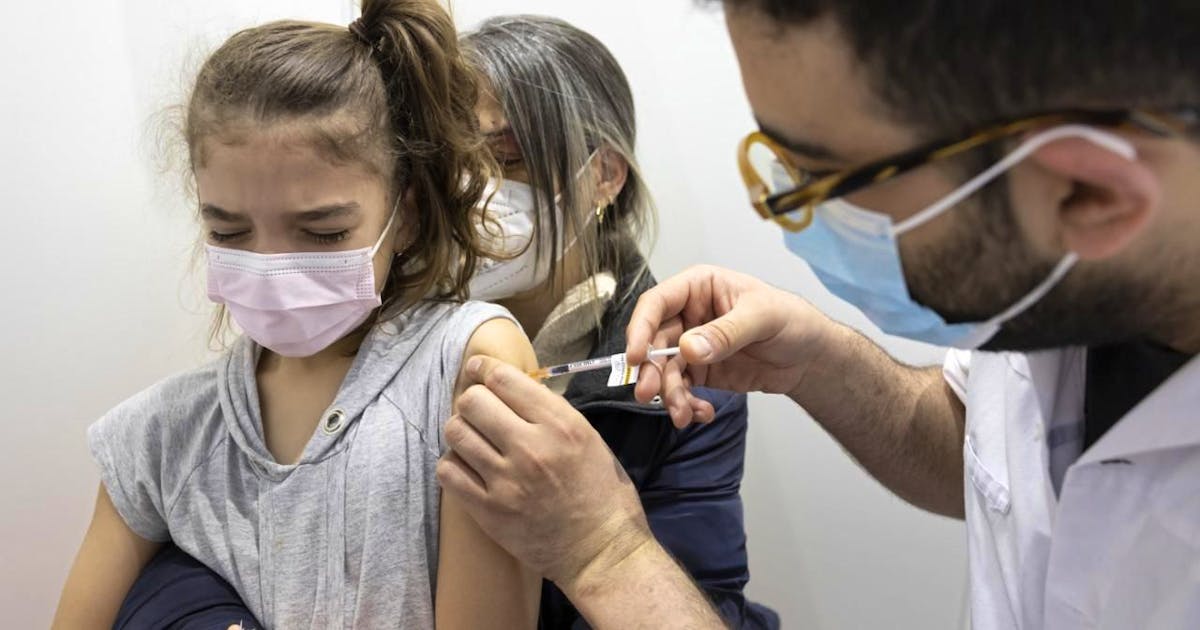Drone Warfare: How 'Lurking' Technology is Turning the Tables – Sending Drones Back to Their Launchers

The escalating use of kamikaze drones in modern warfare has spurred a desperate search for effective countermeasures. Traditional methods of drone interception are proving increasingly inadequate against these agile and inexpensive aerial threats. Now, a groundbreaking technology known as 'leurrage' (luring) is emerging as a potential game-changer, offering a novel approach: redirecting drones back to their point of origin. This innovative solution, showcased at the prestigious Paris Air Show (Salon du Bourget), promises to significantly enhance the precision and efficiency of electronic warfare strategies.
Understanding the Threat: The Rise of Kamikaze Drones
Kamikaze drones, also known as loitering munitions, are unmanned aerial vehicles designed to loiter in an area, identify a target, and then self-destruct upon impact. Their low cost, ease of deployment, and potential for mass production make them a significant concern for military strategists worldwide. They can overwhelm defenses, target critical infrastructure, and inflict casualties with alarming speed. The traditional methods of drone defense, such as jamming and physical interception, often prove challenging and resource-intensive.
Leurrage: A Clever Deception
Leurrage represents a paradigm shift in drone warfare. Instead of destroying the drone, this technology exploits the drone's navigation system, effectively tricking it into believing it has reached its target or that it needs to return to base. This is achieved through sophisticated electronic manipulation of the drone's GPS signals and communication channels. Imagine a digital 'false flag' operation in the sky – the drone, believing it's fulfilling its mission, heads straight back to where it came from, potentially disabling its attack capabilities in the process.
How Does It Work?
The technology isn't a single device but rather a suite of capabilities. It relies on:
- Signal Spoofing: Generating false GPS signals to mislead the drone's navigation system.
- Communication Disruption: Interfering with the drone's communication link to prevent remote control and potentially inject false commands.
- Data Injection: Feeding the drone fabricated data, such as false target coordinates or low-battery warnings, to trigger a return-to-base sequence.
The sophistication lies in the ability to tailor these techniques to specific drone models, accounting for their vulnerabilities and operational protocols. The solutions presented at the Bourget Air Show demonstrated advanced algorithms and adaptable hardware capable of analyzing drone behavior in real-time and responding with precise electronic countermeasures.
Advantages of Leurrage
Compared to traditional methods, leurrage offers several key advantages:
- Reduced Collateral Damage: Eliminates the risk of physical interception and potential civilian casualties.
- Cost-Effectiveness: Less resource-intensive than deploying interceptor aircraft or missiles.
- Scalability: Easily adaptable to defend against multiple drones simultaneously.
- Intelligence Gathering: The returned drone can potentially be captured and analyzed to gain insights into enemy tactics and technology.
Challenges and Future Developments
Despite its promise, leurrage technology faces challenges. Drone manufacturers are constantly improving their systems to resist jamming and spoofing. Future developments will focus on:
- Adaptive Algorithms: Creating algorithms that can automatically detect and counter new drone countermeasures.
- Multi-Frequency Jamming: Employing multiple frequencies to disrupt drone communication more effectively.
- Integration with AI: Using artificial intelligence to analyze drone behavior and predict their movements.






